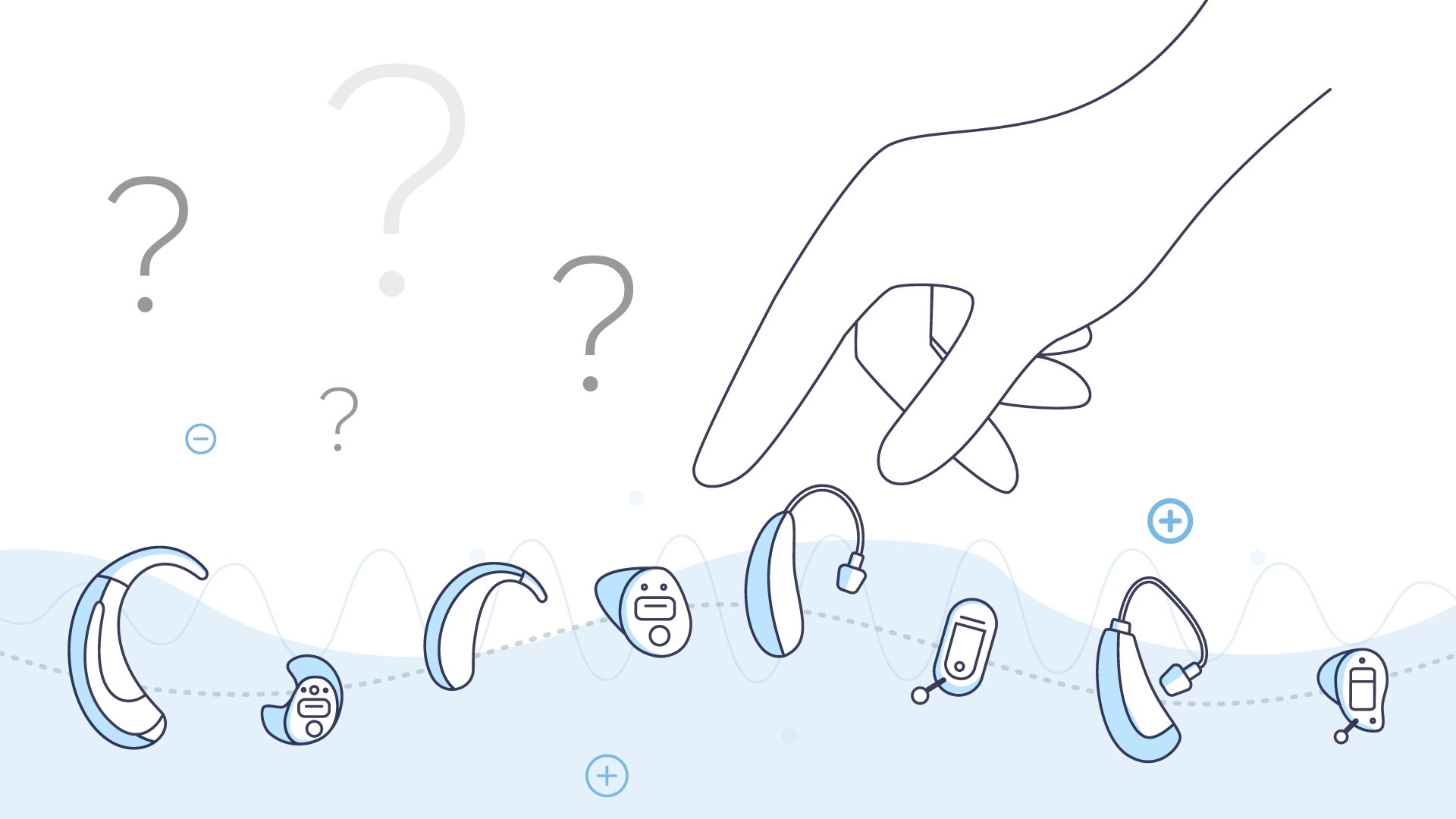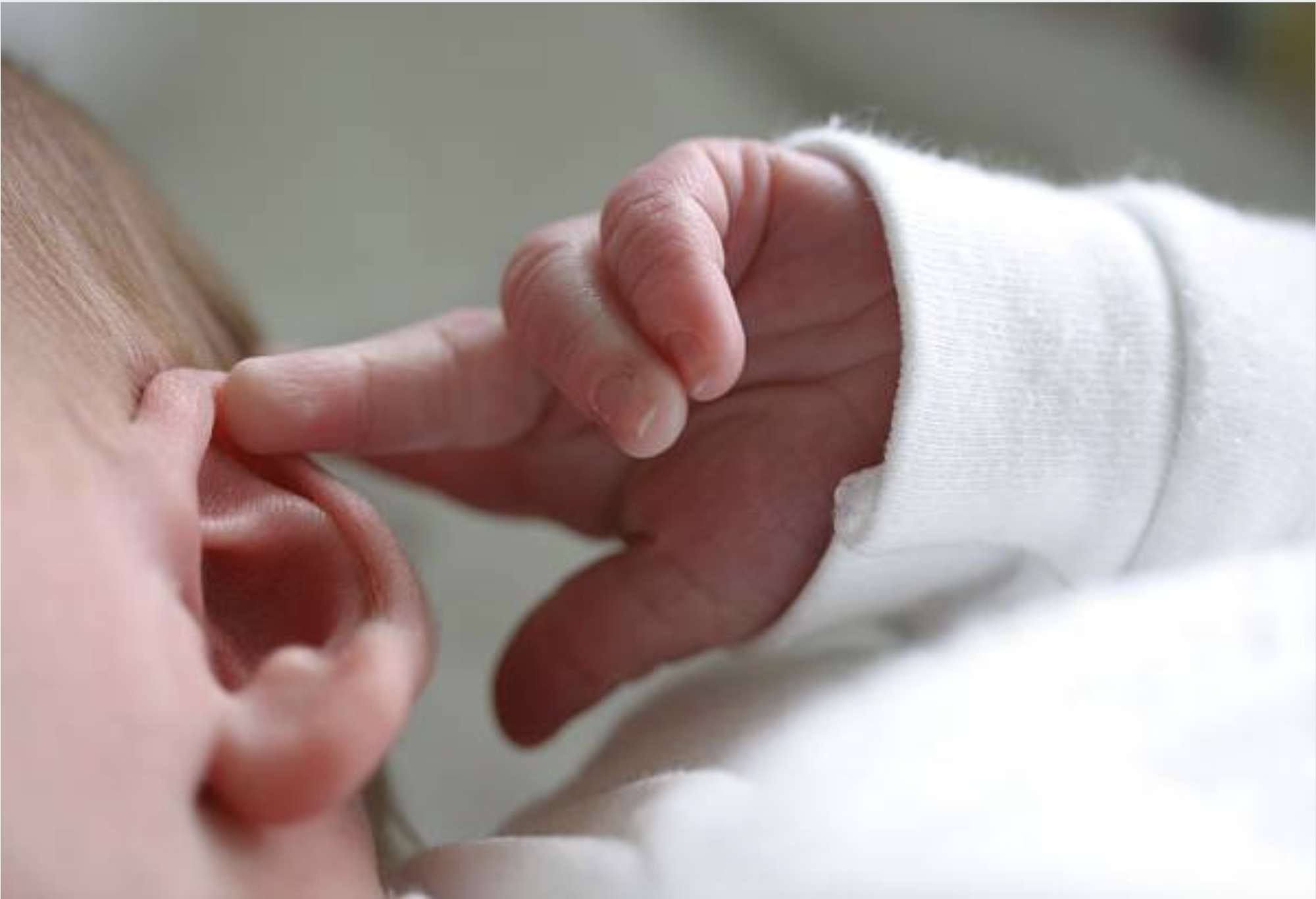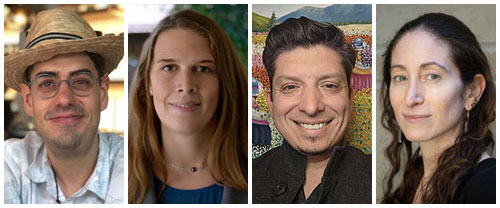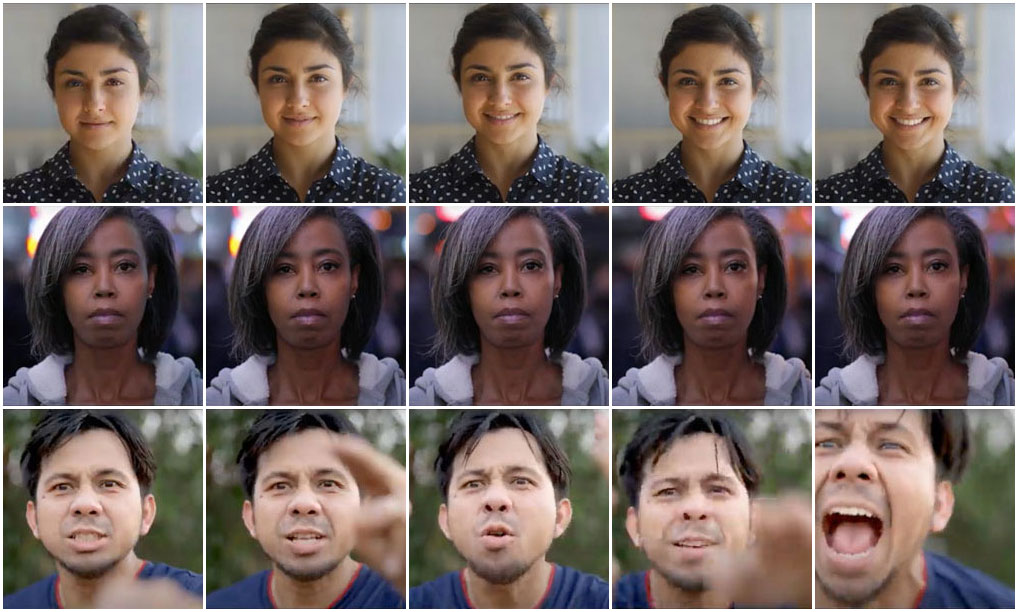News Story
Brain Study Ventures Into Fear of the Unknown

UMD neuroscientists are using MRI and other tools to understand how uncertainty affects the brain's reaction to fear and anxiety in a study funded by the National Institute of Mental Health. Photo by iStock.
Whether it’s worrying you’ll get called on the carpet at work or school, wondering if a monster is about materialize on the latest episode of “Stranger Things” or feeling nervous about the outcome of an upcoming election, sometimes not knowing if something bad is going to happen can feel almost as disturbing as the thing itself.
A new University of Maryland study funded by a $3.9 million award from the National Institute of Mental Health aims to understand why that's the case by exploring the role of uncertainty in feelings of alarm and apprehension.
“Uncertainty plays a central role in the world of fear and anxiety in terms of everyday experiences, in terms of the entertainment industry—think of scary movies, haunted houses and rollercoasters—and in terms of basic biomedical science and theory,” said Associate Professor Alexander Shackman, who’s leading the five-year study. “And while other areas of science have long recognized that ‘uncertainty’ can be fractionated into several distinct types or facets, the relevance of these mathematically distinct facets to healthy and pathological anxiety remains little explored and largely unknown.”
There are two kinds of uncertainty that Shackman, psychology Associate Research Scientist Jason Smith and their collaborators at the University of California, Davis, Professors Andrew Fox and Erie Boorman, will zero in on: One is ambiguity—“the degree to which the odds of encountering a threat are unknowable,” said Shackman, who has a joint appointment in UMD’s Program in Neuroscience and Cognitive Science. The other is risk, which is the known probability of encountering an aversive outcome or harm. Risk is greatest when a threat’s probability is 50/50—like a coin flip—and uncertainty about the ultimate outcome is maximal.
To determine how both types affect neural systems that are tied to fear and anxiety, the team will conduct a new threat-anticipation task, showing participants a thermometer-like display that signals the probability of receiving an unpleasant electric shock, a photograph of a discomforting scene and a scary audio clip. In the risk assessment portion, the entire thermometer display will be visible, but in the ambiguity phase, part will be obscured so participants don’t know the exact likelihood of the aversive outcome.
During multiple trials, participants’ brain activity will be recorded using the Maryland Neuroimaging Center’s MRI scanner, arousal using fingertip sensors and feelings of anticipatory distress using ratings. The three data streams will allow Shackman’s team to pinpoint the specific brain regions that track each facet of threat uncertainty, and measure fluctuations in fear and anxiety.
“The new threat-anticipation task provides the first opportunity to—in a mathematically precise and reproducible way—say whether a region is tracking the probability, risk or ambiguity of threat, or some combination of those dimensions,” said Shackman. “It also provides the opportunity to computationally model how quantitative variation in different aspects of threat uncertainty promote subjective symptoms and objective signs of fear and anxiety in the lab.”
A unique feature of the project is a series of surveys delivered to participants’ smartphones over several weeks to link neuroimaging measures of uncertainty to clinical symptoms of anxiety disorders and the threat perceptions, worries and anxiety that occur in everyday life.
"By linking the statistics of threat to brain function, we can begin to understand how the little things we encounter in the real-world can become a big deal inside our own heads," said Fox.
The researchers intend to study a demographically diverse sample of 240 individuals recruited from the D.C.-Baltimore metropolitan region.
“I think there's a real shot here at moving the needle on how my friends and colleagues in the field—both those working with human research participants and those working with animals—think and talk about anxiety; the kinds of experiments they do; and the kinds of analytic tools they use to conduct and to analyze those experiments,” Shackman said.
Story by Rachael Grahame in Maryland Today.
Published August 17, 2022









